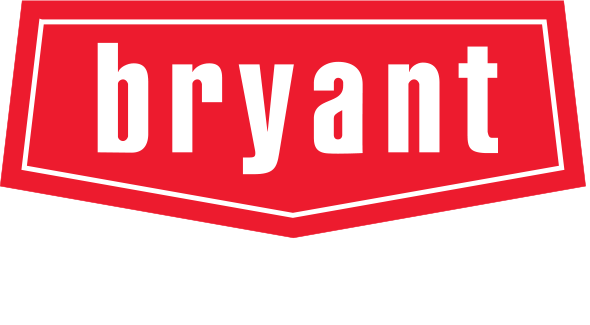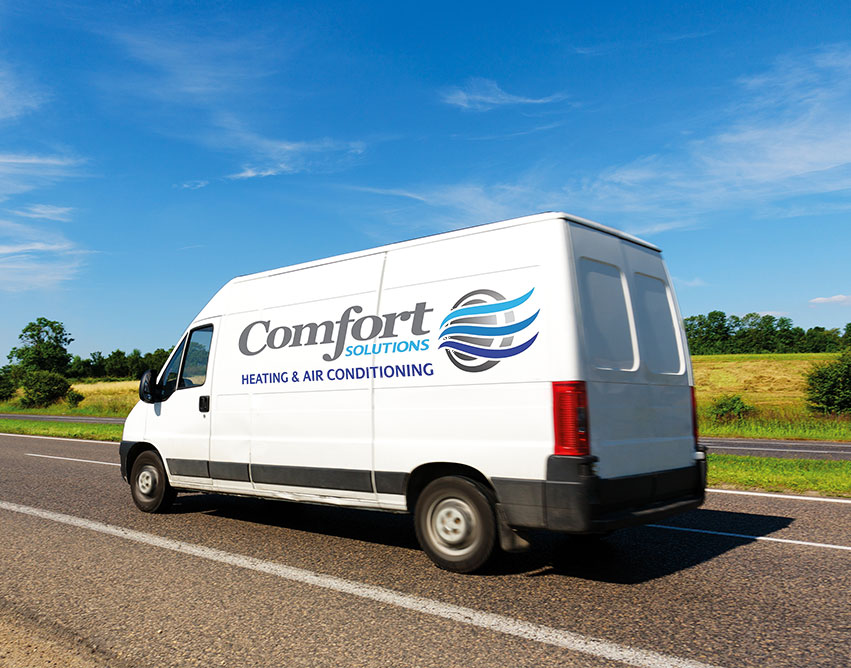

Our Services
Let us help you achieve a healthy and efficient home with our comprehensive HVAC services.
Heating
We specialize in providing heating solutions for residential and commercial properties. From expert installations to efficient repairs, we ensure optimal comfort and warmth during the colder months.
Cooling
Ensure the longevity of your home or office’s air conditioning unit by maintaining it properly. We offer preventative maintenance and full servicing, for all makes and models of air conditioning systems.

Water Heaters
If you’re dealing with a leaking or rusted water heater, count on our team to handle the replacement. We specialize in repairing and installing tankless and traditional water heater systems to meet your specific needs.
About Us
At Comfort Solutions Heating & Cooling, we take pride in being a locally owned and operated company that has faithfully served Marion and the surrounding communities for over four decades. As the leading experts in the HVAC industry, we are committed to providing exceptional heating and cooling solutions to both residential and commercial customers. Joe and Chris, both long-time residents of Marion, bring a combined experience of over 40 years to their work.
Customer satisfaction is our utmost priority. We offer a comprehensive range of services, including HVAC system installation, repair, and maintenance, as well as water heater repairs and replacements. With our team of highly skilled technicians, we ensure that every customer receives top-notch service and personalized solutions tailored to their specific needs. Our reputation for reliability, efficiency, and professionalism has made us a trusted choice for all heating and cooling requirements, delivering comfort and peace of mind to our clients year-round.

Client Reviews

Dedicated to making your home safer, more energy efficient, longer lasting, and ultimately more comfortable than the average residence. Serving the Cedar Rapids Area.
